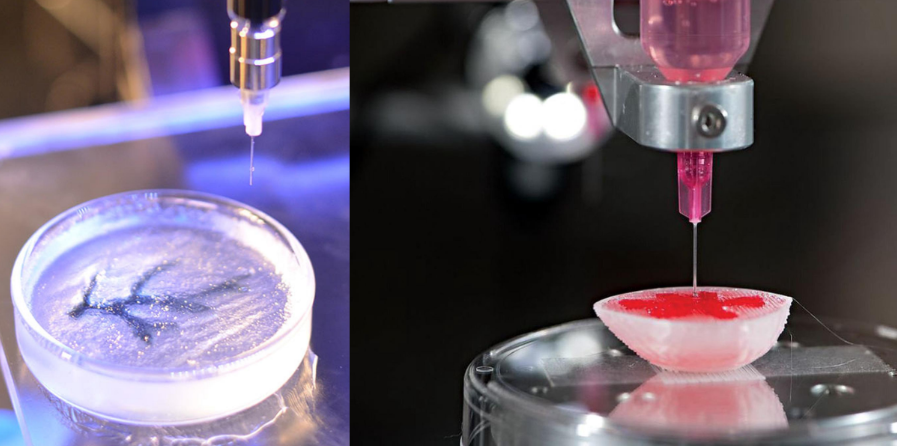Technology
Boosting Security: Exploring The Latest Trends in Biometric Authentication
Biometric authentication refers to a cybersecurity procedure that helps verify the identity of a user through their unique biological traits. It includes the usage of several parts of the human body including an iris scan, fingerprint, and retina scan among others.
Biometric IDs fall under two different categories namely physiological and biological characteristics. Multiple or single characteristics of a human’s physical body could be used depending on the infrastructure and the security level desired. These examined physical characteristics are mapped to a username that can help make decisions after the person is authenticated.
Biometric authentication has been rapidly gaining popularity across various sectors such as healthcare, electronics, BFSI, and automotive due to its several advantages including enhanced security, convenience, uniqueness, immutability, efficiency and speed, non-repudiation, remote authentication, and integration with other technologies.
Some Top Trends in The Biometric Authentication Industry Include:
Behavioral Biometrics:
Behavioral biometrics helps in measuring and distinguishing the behavioral patterns of the users with the device. It includes keystroke dynamics, mouse interactions, cognitive biometrics and swipe and touch analysis. It analyses the patterns of typing rhythm, gait, and mouse movement to offer a unique and continuous authentication pattern. Behavioral biometrics are passive as they tend to look at the unique movement of the individual or user. It has become easier for cybercriminals to find various data and physical addresses of any individual.
Mobile Biometrics:
Mobile biometric authentication uses biometrics to authenticate and detect the identity of the user trying to access the mobile applications. This can be an addition or a replacement for the traditional method of security and can be performed using different ways such as fingerprint readers, facial recognition, and voice recognition. The application of mobile biometrics is different across different industries including mobile banking, online retail, healthcare, and others. This can help businesses provide secure payment options to their customers.
Integration of AI:
Integration of Artificial Intelligence (AI) in biometrics has crucially advanced the capabilities and performance of biometric authentication systems. AI has enhanced different aspects of biometric technology such as adaptability, ability to handle complex patterns, and accuracy of the biometric data. Features such as deep learning and convolutional neural networks are used for pattern recognition in biometric data. It has also helped in detecting different security threats such as fraudulent attempts to access the data and others easily. AI-powered liveness detection helps ensure the integrity of a biometric match by differentiating both, ID and liveness through artificial intelligence.
Cloud-based Biometric:
Cloud-based biometrics use a person's unique characteristics captured in a template or picture to authenticate his identity and provide access. This concept offers a better degree of security. Enough storage to store vital data is one of the significant advantages provided by cloud-based biometrics. Systems that are hosted in the cloud are extremely scalable with proper access and control which can be tailored with the unique requirements of the company. This technique also has improved the safety of the data.
Multimodal Biometrics:
Multimodal biometrics is a technique where multiple biometric indicators are used by personal identification systems for identifying individuals. This provides a higher level of authentication as compared to unimodal biometrics which usually uses one biometric data such as face, palm, fingerprint, and others. This offers several benefits including accuracy, flexibility, fraud resistance, and user acceptance, and provides a higher level of convenience and stronger security at the same time.
Biometric Authentication Market Scenario:
The biometric authentication market has witnessed rapid expansion in terms of revenue CAGR over the years. This could be due to different factors such as rising automation across the globe, increasing concerns about data security, technological advancements, and growing demand for enhanced security among businesses.
Advancements in sensing technologies, increasing cybercrime and data breaches and the widespread use of electronic devices such as computers, and mobile phones have resulted in increasing adoption of various biometric authentication software and solutions. With new possibilities such as machine learning and artificial intelligence, biometrics and authentication has been crucial factor for businesses from different industries. This has provided an extra layer of validation for businesses to secure their data. Biometric usage has also helped reduce the danger of hacking and data breaches as it provides real-time authentication.




